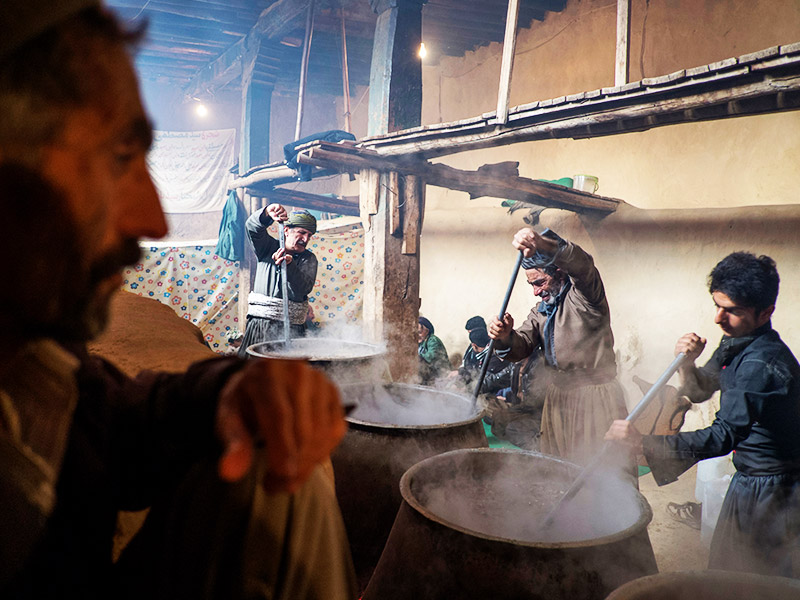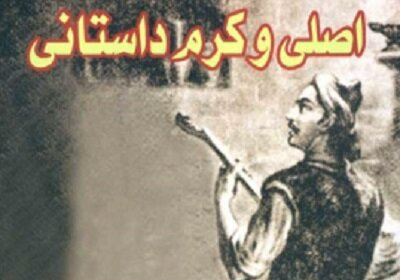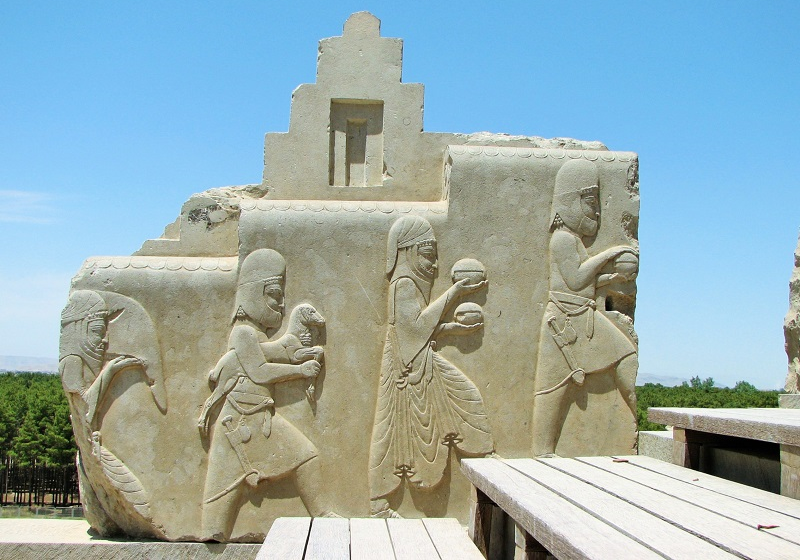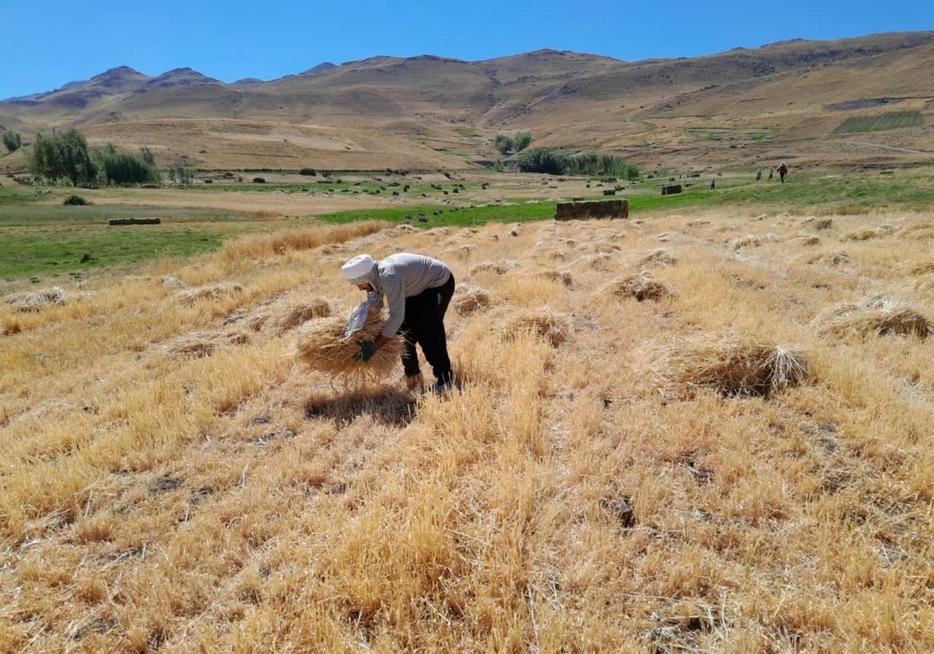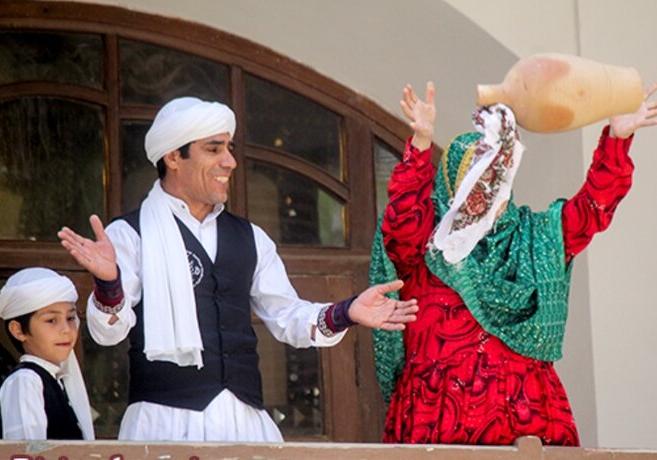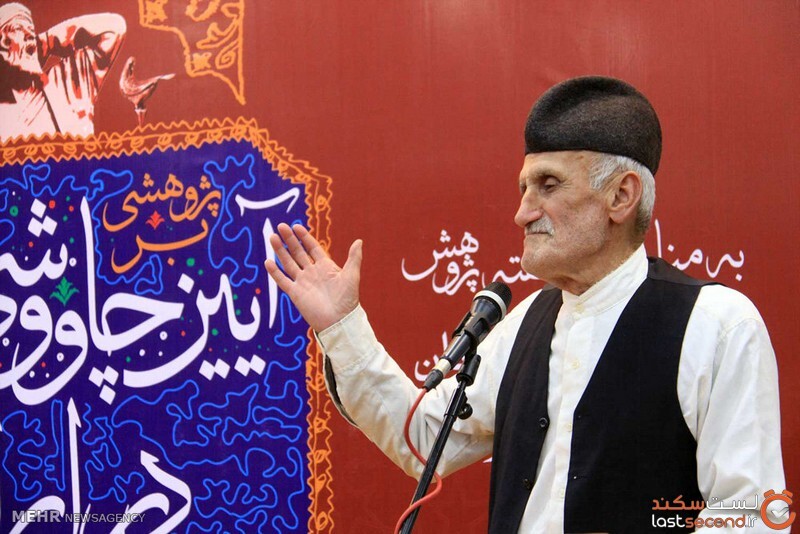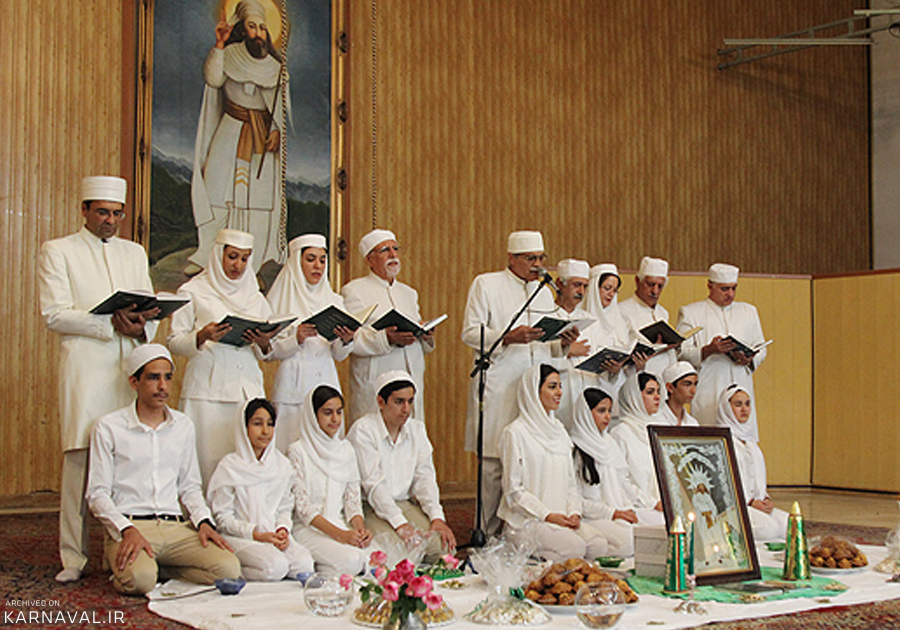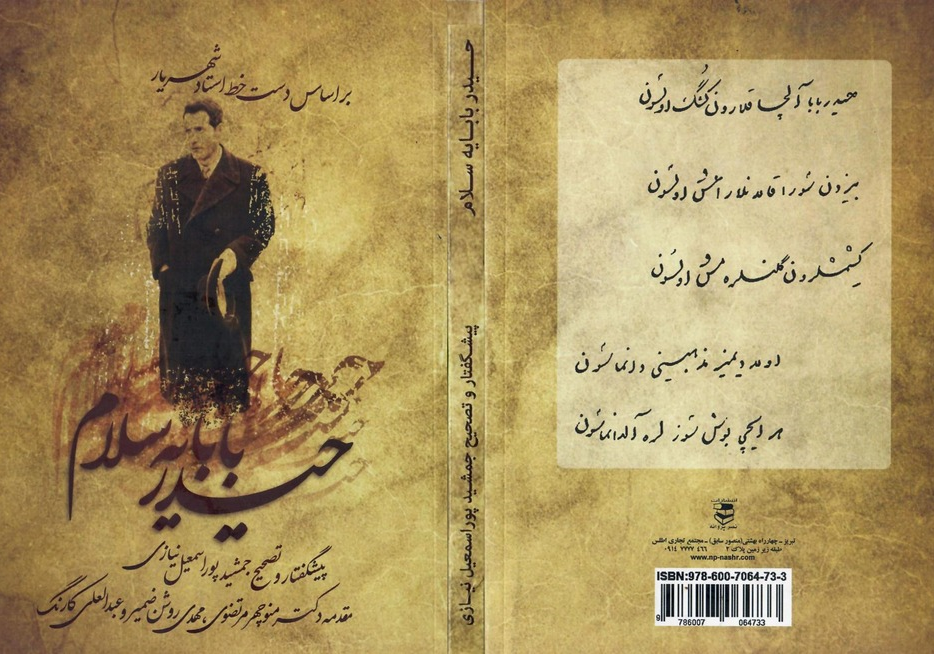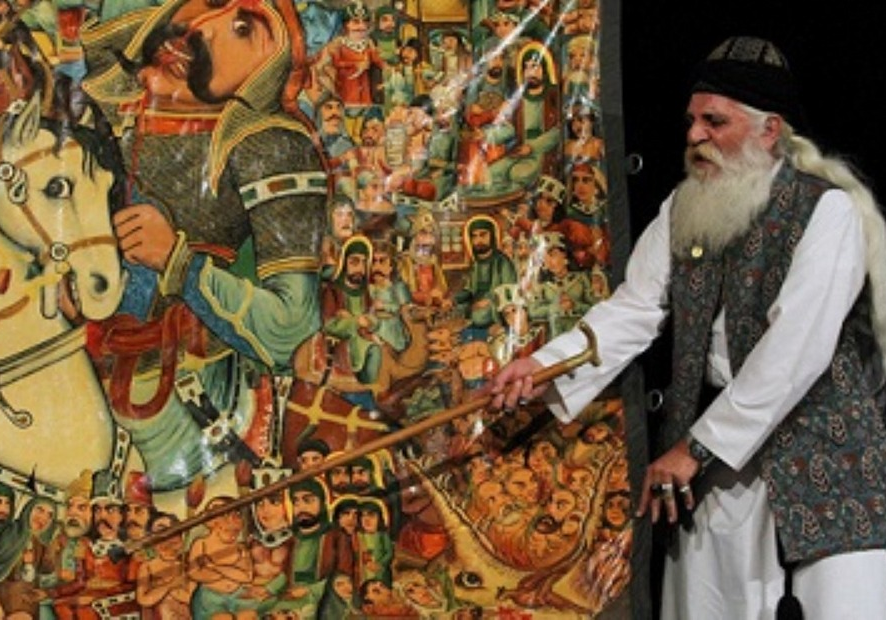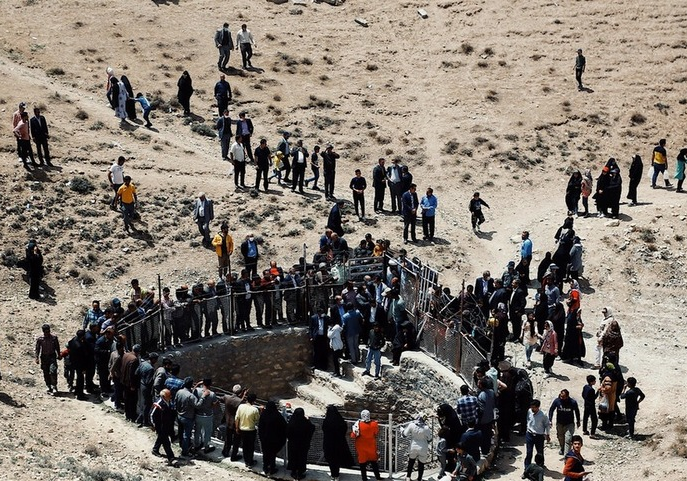
Welcoming Nowruz
Nowruz (lit. New Day) marks the first day of the Iranian Solar Hijri calendar and it is also celebrated in many parts of East Asia. Since ancient times, Iranians have had special customs to welcome Nowruz. Nowruz or “New Day” involves a series of ancient traditions related to celebrating the great Iranian New Year, which is also known as the “Persian New Year”. This festivity starts on the first day of the month of Farvardin (the first month of the Iranian solar calendar) and continues up to the 13th day of the month called “'Sizdah Be Dar” or “the Day of Nature”.
Messengers of Nowruz
During the last days of the old year, some local artists get to the streets to announce the coming of the new year with dance and song to make them happy. This custom has taken different forms in every region of Iran, but all the artists who act as messengers of Nowruz intend to create excitement among the people. The performance of these messengers of Nowruz sometimes continues for several days after the arrival of the year.
Nowruz Sabzeh: Green Sprouts
As a traditional custom the people of Iran plant grains of wheat and/or lentils in pots as a sign of divine blessing and abundance in the New Year (Nowruz), which turn into green sprouts and are placed on the Nowruz table. Some people make Nowruz sabzeh by growing sesame seeds on earthenware jars and some others by planting grains in the seven niches of the house.
Khaneh Tekani (lit. House Cleaning)
By cleaning their homes, preparing new clothes, planting in their gardens, making cookies and preparing seafood, setting a special table filled with fruits, nuts, and newly cultivated lentil or wheat seeds, and at last paying respectful visits to the elderly members of the family, Iranians and the people of neighboring regions try to welcome the elegance of spring both indoor and outdoor and especially inside their hearts. Nowruz and its effects on the lives of people have been studied scientifically from different social, psychological, humane, and ethnic perspectives. As the messenger of love, happiness, rebirth, blessing, and inner growth, it plays a highly important role in different fields of life in the Near East.
Charshanbe Suri
Charshanbe Suri (lit. “Festive Wednesday”) is a prelude to the New Year. It is celebrated on the eve of the last Wednesday before Nowruz. It is usually celebrated in the evening by performing rituals such as jumping over bonfires and lighting off firecrackers and fireworks.
Usually, three, five, or seven bunches of dry bushes are placed in a row, one behind the other, and set on fire. Then, different people, one after the other, jump from each burning bush and sing poems so that pain, sadness, and illness will go away from them and they will live with health and happiness in the next year. The ashes left from this fire are finally poured into running water.
Iranians sing the poetic line “zardi ye man az to, sorkhi ye to az man” (lit. my yellow is yours, your red is mine), which means my weakness to you and your strength to me, to the fire during the festival. This symbolizes the wish that ill health and problems would be away from their life and are instead replaced with warmth, health, and energy.
Apart from lighting the fire, other rituals are also performed on the last Wednesday of the year. For example, if a person in a family is sick, they cook a meal for him on Wednesday night, give some to the patient, and distribute the rest among the poor in the hope that his/her health will be restored. “Qashoq Zani” (lit. Spoon banging) is a tradition observed on the evening of Charshanbe Suri, similar to the Halloween custom of trick-or-treating. In Iran, people wear disguises and go door-to-door banging spoons against plates or bowls, and receive packaged snacks.
Some Custom Observed by Iranian Women
In the past, women fetched water from springs near their houses and sprinkled it on household items. They believed that this would bring health and freshness to their homes. In some areas, it was mixed with vinegar and sprinkled on the four corners of the house and the entrance to do away with spells and magic and bring blessings to the house. Some other women would also cut their nails or cut a piece of their hair and throw it in running water and believed that this would remove poverty and suffering from them.
Eavesdropping
Before Nowruz, girls or women who had a wish, would go out of the house and stand in a corner of a passage and listen to others. They believed that if they hear good and happy words from people, they would achieve their wish and have a good year ahead.
Untying Knots
Every year before Nowruz, girls who wanted to have a good marriage in the coming year performed certain customs. Sometimes the girl’s mother would follow her with a piece of burning wood to drive her away from her house and send her to her future husband!
Bathing the girls in a special spring was among other rituals that were performed to untie the girls’ luck. Of course, married women sometimes bathed in these special springs to be loved by their husbands and to keep bad luck away from their homes. In order to have a greater effect, these things were done on the evening of Charshanbe Suri.
Breaking Urns
Women who wished to keep Satan away from their homes in the coming year, would go to the roof of their house and throw a new urn down from above and break it so that their family would be safe from every kind of evil in the coming year. In some neighborhoods, there was a special rampart and all those who wanted to perform this ritual would use it.
Nowruz has been celebrated since the reform of the Iranian Calendar in the 11th century CE to mark the new year and the United Nations has officially recognized the “International Day of Nowruz” with the adoption of UN resolution 64/253 in 2010.
| Name | Welcoming Nowruz |
| Country | Iran |
| Type | National |
| Registration | Unesco |
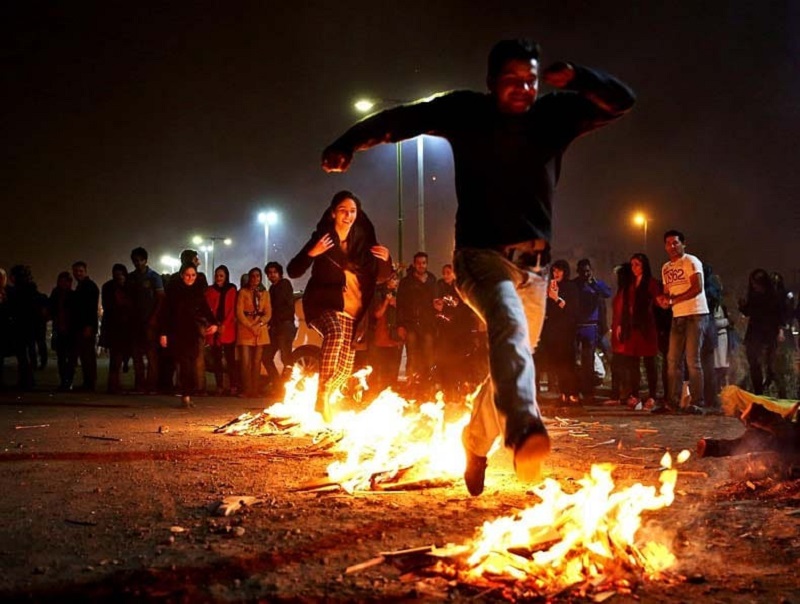
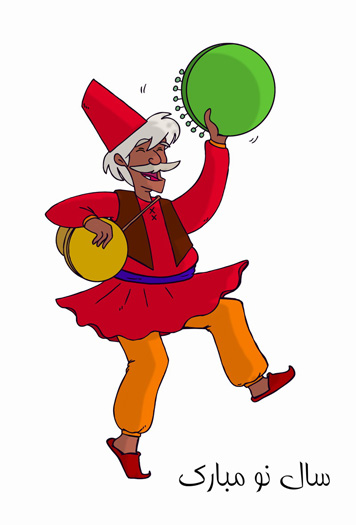
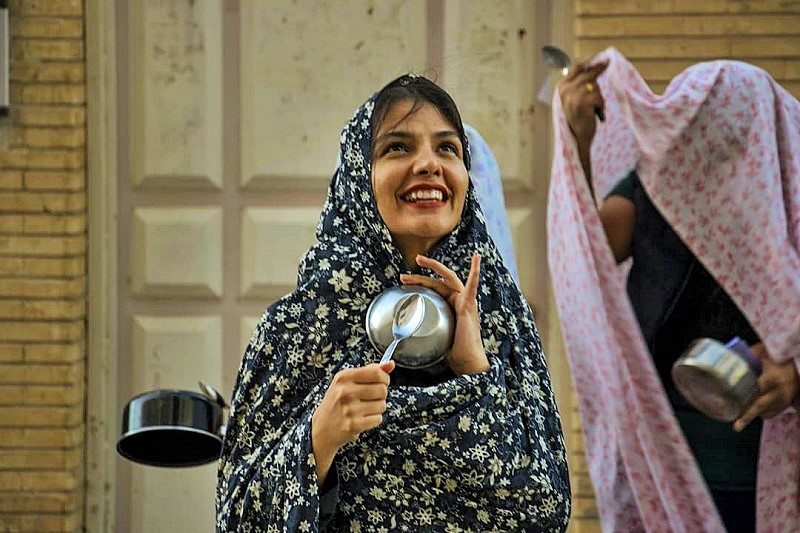





Choose blindless
Red blindless Green blindless Blue blindless Red hard to see Green hard to see Blue hard to see Monochrome Special MonochromeFont size change:
Change word spacing:
Change line height:
Change mouse type:
